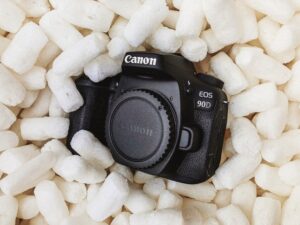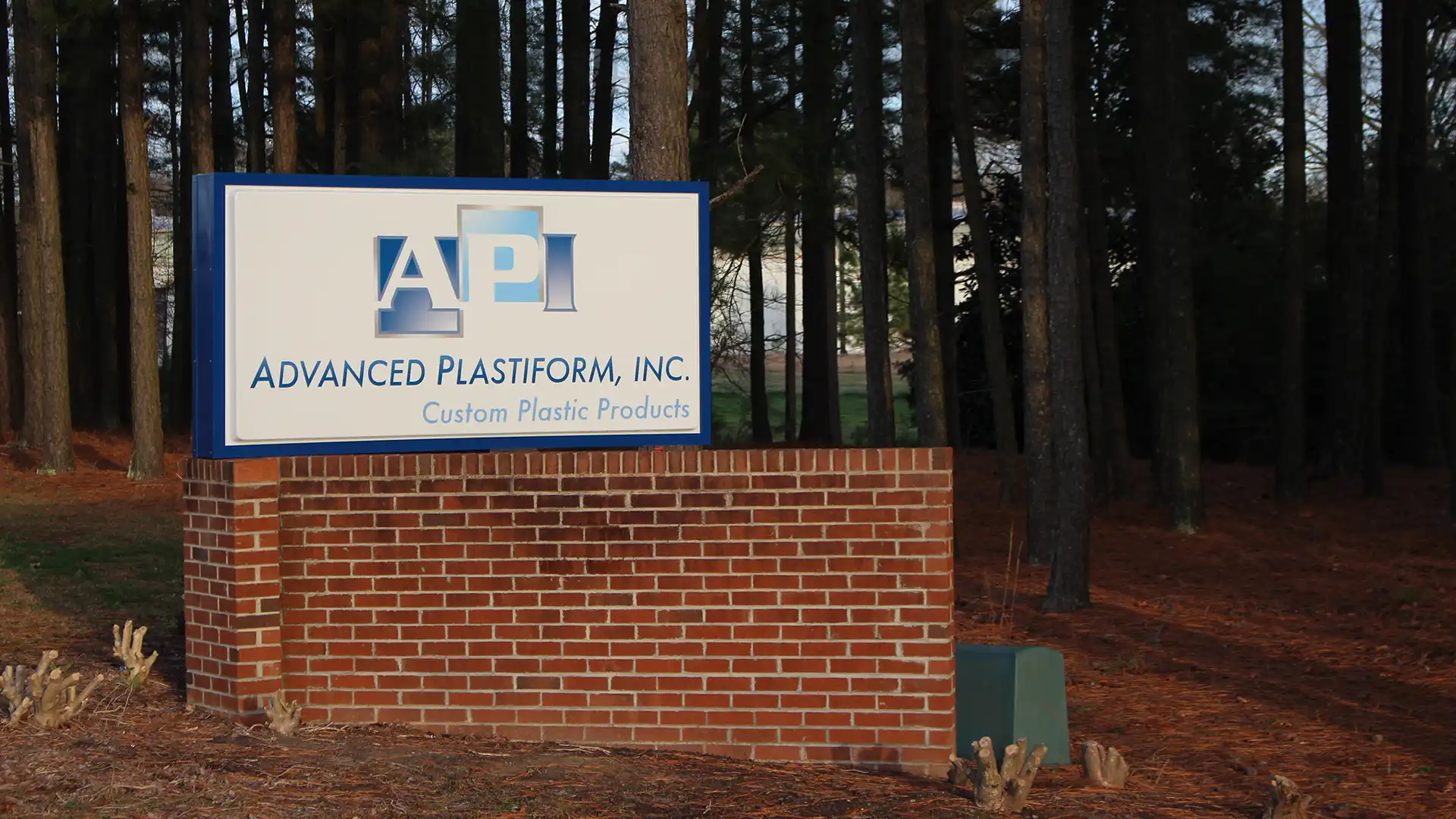Learn about polystyrene, a commonly used plastic that has wider uses than most people realize.
Expanded polystyrene foam and extruded polystyrene also called styrofoam, offer a wide variety of benefits — it's lightweight, inexpensive, and offer tremendous impact resistance. Thus, it's ideal for food packaging, protecting items during shipping, and even insulation materials, but it's difficult and expensive to recycle, so it ends up in waterways and landfills. However, there are more sustainable ways to use it and dispose of it that are more sustainable, and our thermoforming company in North Carolina is looking at these possibilities.
Sustainable Disposal of Polystyrene

Expanded polystyrene foam (EPS) and extruded polystyrene (XPS) are at least 90 percent air, so it's so lightweight while taking up so much space. Unfortunately, its bulk makes it inefficient to collect and transport for traditional recycling, but there are new opportunities for more sustainable disposal.
Mealworm Food
In 2015, researchers from Stanford University collaborated with researchers in China to determine if mealworms could safely consume styrofoam. The mealworms' guts contain microorganisms that break down and biodegrade the styrofoam where it passes into biodegradable waste.
It's not a fast process — in a lab experiment, 100 mealworms consumed around 35 milligrams of styrofoam in a day. However, the researchers also found that the mealworms were just as healthy as those who ate a normal diet of fruits and vegetables. They plan to study the gut enzymes in more detail to determine if there are ways to synthesize them for additional biodegradable opportunities.
Crushing Styrofoam
A company called Styro-Go in Calgary, Alberta has deployed mobile styrofoam recycling centers across several locations in Canada. People can bring their packaging material to a mobile recycling facility. A special truck is filled with polystyrene foam and the material is pressed into compact, dense bricks using pressure and heat. The truck is able to reduce the foam's size by around 90 percent, and the bricks can then be shipped to Asia to use for new products.
Using Polystyrene for Long-Term Products
While we mostly associate EPS and XPS with packing peanuts, foam coffee cups, and single-use plastics, this material is ideal for long-term products. It's waterproof, resistant to aging, flexible, and has minimal thermal conductivity. Thus, it's often used in permanent or long-use products, thus, keeping it out of landfills.
Insulation Boards
Its lack of thermal conductivity makes polystyrene foam an excellent material for building insulation. In fact, Styrofoam™ is the trademarked name of an extruded polystyrene foam created by Dow Chemical and used specifically for thermal insulation boards.
Sports Helmets
EPS and XPS both have high energy absorption indices and impact resistance. That's why it's ideal for packaging. However, it's also a great option for safety gear, including sports helmets worn in snowboarding, cycling, and other activities.
Infant Car Seats
Like helmets, car seats need to be able to withstand impacts while keeping vulnerable passengers safe. Also, because these materials can be easily shaped and molded, they make excellent car seats that are snug, comfortable, and safe.
Floatation Devices
The high levels of air in EPS and XPS make them nearly impossible to submerge, while their impermeability ensures they won't take on water. These two factors make them popular for floatation devices, including life jackets, as well as surfboard cores.
Get a Quote for Thermoformed Plastics Today
If you need custom plastic parts, products, or components, we offer both thermoforming and injection molding with fast lead times and a low per-unit cost. To learn more about our plastic manufacturing services and how we can help you meet your goals, reach out to us today. We work with clients across the Southeast and Mid-Atlantic, including North Carolina, South Carolina, Pennsylvania, Maryland, Tennessee, Georgia, and Virginia.

